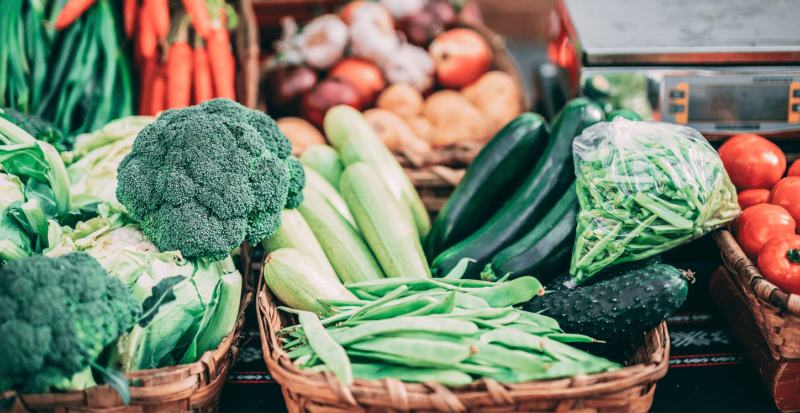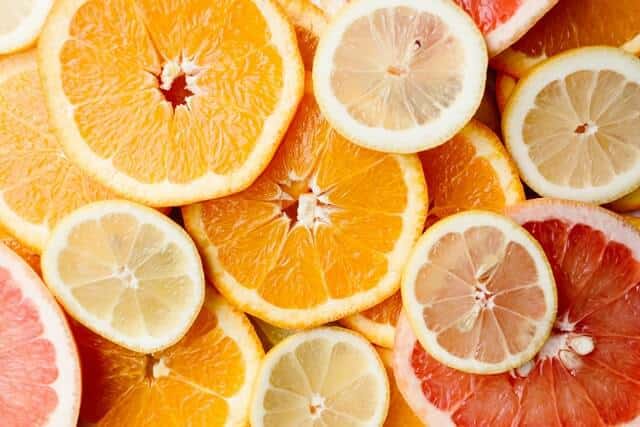The vegan food pyramid – How to succeed in a balanced plant-based diet

Please install and activate Powerkit plugin from Appearance → Install Plugins. And activate Opt-in Forms module.

You want to eat vegan, but are faced with the big question of how to cover all the important nutrients in your diet to prevent deficiencies?
Then the vegan food pyramid provides you with all the essential building blocks so that you too can succeed in eating a balanced diet rich in nutrients with a plant-based diet. Not only on World Vegan Day and Veganuary should you reach for this diet. We’ll show you what to look out for.
A food pyramid generally contains the basic dietary recommendations in the form of a pyramid. With the help of the vegan food pyramid, vegans are offered guidance on how they can comprehensively cover their entire nutritional requirements from purely plant-based foods. Because although the vegan diet provides our body with all the nutrients sufficiently, you need to acquire some basic knowledge about food and its effects on our body, especially at the beginning. According to the Academy of Nutrition and Dietetics, a well-designed vegan diet represents one of the most nutrient-dense and healthy diets suitable for all ages and stages of life.
The vegan food pyramid consists altogether of six levels and nine building blocks. It illustrates what a balanced plant-based diet should look like so that our bodies are adequately supplied with all important nutrients.

The lowest level of the vegan pyramid is occupied by the element of water, which should alert us to take enough liquid in the form of water every day. The second and thus broadest level of the pyramid is the food base of a plant-based diet. This means that the food components presented in this level should occupy the largest part of the daily menu. This includes all vegetable varieties, sprouts and germs. Vegetables contain essential vitamins, minerals and trace elements that our body needs to perform its functions smoothly. Three servings of vegetables per day are recommended here. The more colorful the vegetables, the more antioxidants they provide to our body so that it can protect itself from free radicals and maintain our health.

The second basic building block of the first level consists of sprouts and shoots. Hardly any other food is as rich in vitamins, trace elements and nutrients as sprouts and shoots. In addition, they also contain valuable secondary plant compounds, which, as components of the plants, have an anti-inflammatory and health-promoting effect.
The third level of the vegan food pyramid consists on the one hand of fruits and berries and on the other hand of legumes. Abundant fruit consumption has been shown to reduce the risk of cardiovascular disease and cancer. Again, the reason for this lies in the countless vitamins, minerals and fiber, as well as secondary plant compounds that fruits and berries provide our bodies. Two protons of fruit a day should ideally be consumed, preferably organic, seasonal and regional quality. The second building block of the third level is the legumes. These are so important because they are significant sources of protein for our bodies. They include, above all, beans, lentils, peas or processed soy products such as tofu, tempeh or soy yogurts. Pulses should be on our menu daily, so that our body is also sufficiently supplied with all amino acids.

Mushrooms and nuts, seeds and avocados occupy the fourth level of the vegan food pyramid. Nuts and seeds, as well as avocados, provide important vitamins and minerals in addition to protein and are also rich in essential fatty acids, which support our brain activity and hormonal system in particular. Since they have a relatively high energy content, they should be consumed daily, but only in moderation. 30 to 60 g per day is a good guideline to ensure that our body has an adequate supply of fat. The second building block is mushrooms. Mushrooms are truly delicious packages of nutrients that, from a biological point of view, are not plants at all, but are a group all their own, along with animals and plants. They are packed with important micronutrients such as selenium, zinc, potassium, carotenoids and B vitamins. But also the iron content is not inconsiderable, which makes mushrooms an important food, especially in a plant-based diet.
The fifth level is occupied by starchy foods such as potatoes, cereals, flour products and starchy vegetables. Two to three meals a day should consist of starchy foods, as they provide our body with sufficient energy in the form of carbohydrates. In addition, they are also important sources of protein and fiber.

The last level of the vegan food pyramid includes medicinal herbs and supplements that provide our body with the essential omega-3, 6 and 9 fatty acids . These support our entire cardiovascular system as well as our cognitive functions. It should be noted here that the supply of vitamin B12 must be ensured through the regular intake of a dietary supplement in a plant-based diet.

"We all have a responsibility to care for our health and the health of the planet."
Beyoncé Knowles Tweet
Disclaimer: In principle, we do not give health advice or recommendations. In case of health problems, we recommend contacting a doctor.
Input your search keywords and press Enter.
